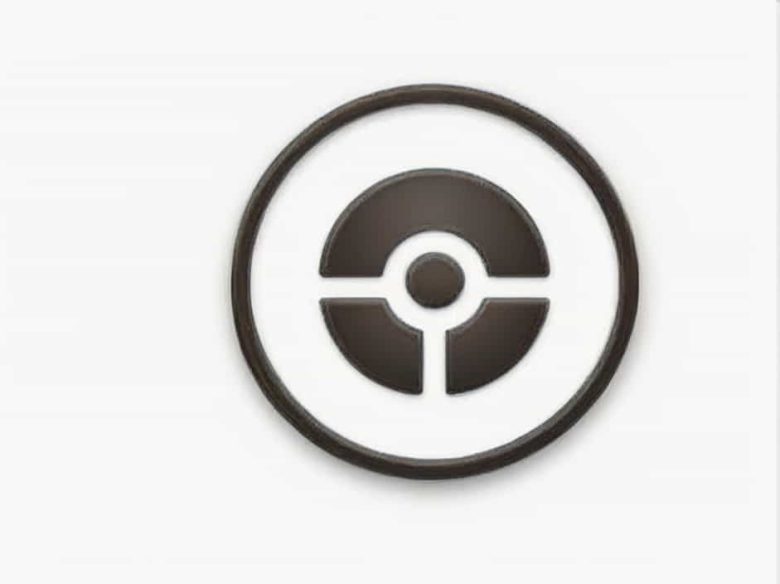Radioactivity is a crucial topic in Class 10 ICSE Physics that deals with the spontaneous emission of radiation from unstable atomic nuclei. Understanding radioactivity helps students grasp concepts related to nuclear energy radiation types half-life and safety measures.
In this topic we will cover important questions on radioactivity for Class 10 ICSE including conceptual numerical and multiple-choice questions. These questions will help students prepare effectively for exams.
1. What is Radioactivity?
Radioactivity is the phenomenon in which unstable atomic nuclei emit radiation in the form of alpha (α) beta (β) and gamma (γ) rays to attain stability. This process occurs naturally in elements like uranium radium and thorium.
Key Terms in Radioactivity:
- Radioactive Decay: The process by which an unstable nucleus loses energy by emitting radiation.
- Half-life: The time taken for half of the radioactive atoms in a sample to decay.
- Radiation Types: Alpha beta and gamma rays.
- Nuclear Fission and Fusion: Processes involving the splitting and combining of nuclei respectively.
2. Types of Radiation and Their Properties
| Type of Radiation | Charge | Mass | Penetrating Power | Stopped By |
|---|---|---|---|---|
| Alpha (α) | +2 | High | Low | Paper or skin |
| Beta (β) | -1 | Low | Medium | Aluminum sheet |
| Gamma (γ) | Neutral | No mass | High | Thick lead or concrete |
3. Important Questions on Radioactivity for Class 10 ICSE
A. Conceptual Questions
- What is meant by radioactive decay?
- Define half-life and explain its significance.
- How does an unstable nucleus become stable?
- Compare the properties of alpha beta and gamma radiation.
- Explain the difference between nuclear fission and nuclear fusion.
- Why are gamma rays more penetrating than alpha and beta rays?
- What safety measures should be taken when handling radioactive materials?
B. Short Answer Questions
- Name one natural and one artificial radioactive element.
- What is the SI unit of radioactivity?
- Give one use of radioisotopes in medicine.
- Why do radioactive substances glow in the dark?
- How does a Geiger-Müller counter work?
- What is the effect of radioactive radiation on human health?
- Name one application of radioactivity in industry.
C. Numerical Questions on Half-Life
-
The half-life of a radioactive substance is 10 hours. If a sample contains 80g initially how much remains after 30 hours?
-
Solution: Use the formula:
text{Remaining mass} = text{Initial mass} times left(frac{1}{2}right)^{frac{text{Total time}}{text{Half-life}}}= 80 times left(frac{1}{2}right)^{frac{30}{10}}= 80 times left(frac{1}{2}right)^{3} = 80 times frac{1}{8} = 10g -
Answer: 10g remains after 30 hours.
-
-
A radioactive sample has a half-life of 5 years. How much of a 100g sample will remain after 15 years?
-
Solution:
= 100 times left(frac{1}{2}right)^{frac{15}{5}}= 100 times left(frac{1}{2}right)^3 = 100 times frac{1}{8} = 12.5g -
Answer: 12.5g remains after 15 years.
-
D. Multiple-Choice Questions (MCQs)
-
Which of the following radiations has the highest penetrating power?
- Alpha rays
- Beta rays
- Gamma rays ✅
- None of the above
-
The time taken for half of a radioactive sample to decay is called:
- Mean life
- Decay time
- Half-life ✅
- Radioactive period
-
Which of the following is NOT affected by electric or magnetic fields?
- Alpha rays
- Beta rays
- Gamma rays ✅
- None of the above
-
Which device is used to measure radiation levels?
- Voltmeter
- Geiger-Müller counter ✅
- Ammeter
- Spectrometer
-
Which process occurs in the Sun to produce energy?
- Nuclear fission
- Nuclear fusion ✅
- Radioactive decay
- None of the above
4. Applications of Radioactivity
A. Medical Applications
- Cancer treatment (Radiotherapy): Radioactive isotopes like Cobalt-60 help destroy cancer cells.
- Medical imaging: Iodine-131 is used for thyroid scans.
B. Industrial Applications
- Thickness measurement: Radioactive sources are used to check the thickness of materials.
- Sterilization: Radiation is used to kill bacteria in food and medical instruments.
C. Energy Production
- Nuclear power plants generate electricity using nuclear fission of uranium-235.
D. Scientific Research
- Radioactive isotopes are used in carbon dating to determine the age of ancient objects.
5. Safety Precautions for Handling Radioactive Substances
- Minimize exposure time to radioactive materials.
- Maintain a safe distance from radioactive sources.
- Use protective shielding like lead containers.
- Wear safety gear including gloves and lead aprons.
- Dispose of radioactive waste properly.
Radioactivity is an important concept in Class 10 ICSE Physics helping students understand nuclear reactions radiation and their real-world applications. By practicing these questions on radioactivity students can enhance their knowledge and perform well in exams.



